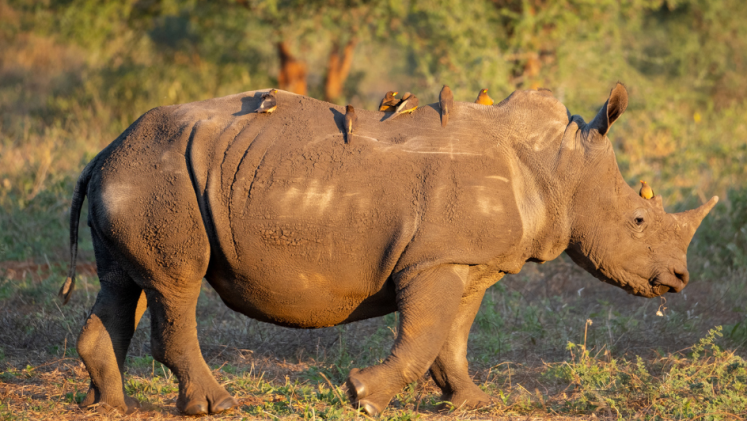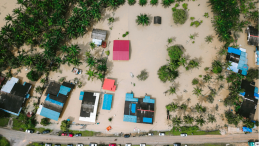The extinction of a species implies the complete disappearance of a species from Earth and is generally considered a natural process as a part of life’s history and evolution. Extinctions happen when the last member of a species dies without a successor, as a result of the cumulative disappearance of individuals and populations. However, because of human influence on the natural process of extinctions, we are approaching a “risk tipping point” as we cause extinctions to accelerate.
The 2023 Interconnected Disaster Risks report, which includes this issue among its six interconnected risk tipping points, explains that risk tipping points are reached when the systems that humanity relies on cannot buffer risks and stop functioning like expected, mainly caused by human actions. Here are five elements of our role in accelerating extinctions:
Humanity has put its foot on the biodiversity extinction accelerator
Through intense human activities, such as land-use change, overexploitation, climate change, pollution and the introduction of invasive species, we are causing an extinction acceleration that is at least tens to hundreds of times faster than it otherwise would have been.
The disappearance of one species can cause a chain reaction of extinctions
Ecosystems are built on intricate networks of connections between different species. Many species are highly interconnected and form strong, unique bonds with other species. The disappearance of one organism therefore can have ripple effects throughout the ecosystem and could trigger a “co-extinction” — the extinction of dependent species — setting off a chain reaction of extinctions that could end in the ecosystem’s collapse.
Losing species threatens our well-being
As we lose species, our ecosystems also lose genetic diversity. This often negatively impacts the way ecosystems provide us with services and benefits, such as pollination, purifying air, etc. Our reliance on ecosystems for critical services like food provision can therefore also be compromised. Because ecosystems support human health and well-being in many ways, once the accelerating extinctions risk tipping point is reached, the irreversible loss of species and ecosystems represents an imminent threat for our sustainable future.
Halting biodiversity loss is important for our future as a species
If one species after another goes extinct, there is a possibility that at one point, we as humans will be affected as well. While species have some options and capabilities to adapt to the extinction of strongly connected species, the more connections disappear, the more constrained the adaptations will become. In the long term, avoiding extinctions and co-extinctions is important for our well-being, given that we are a part of nature.
Conservation efforts should include dependent species in addition to target species
Our current approach to conservation is often single-species focused, ignoring the intricate interrelationships among species and the fragility of dependent species and ecosystems. Nature should also be reintegrated into our culture, to understand that its value goes beyond our desire for money and development. This approach will maintain the resilience of ecosystems and ensure the survival of our planet's living webs.




